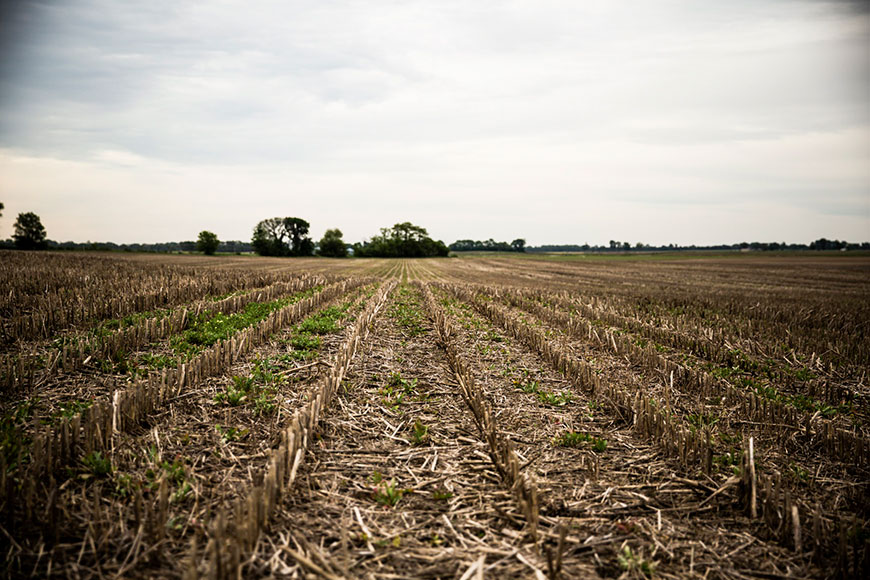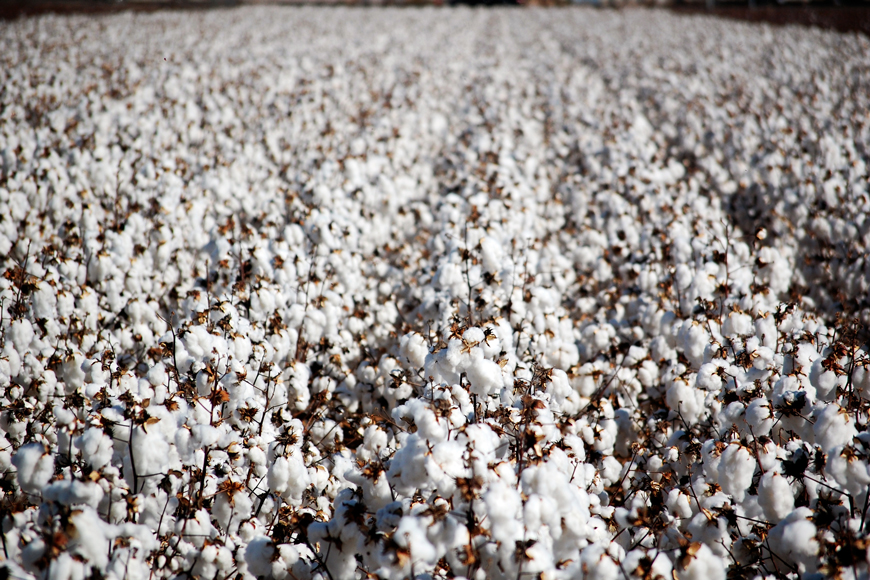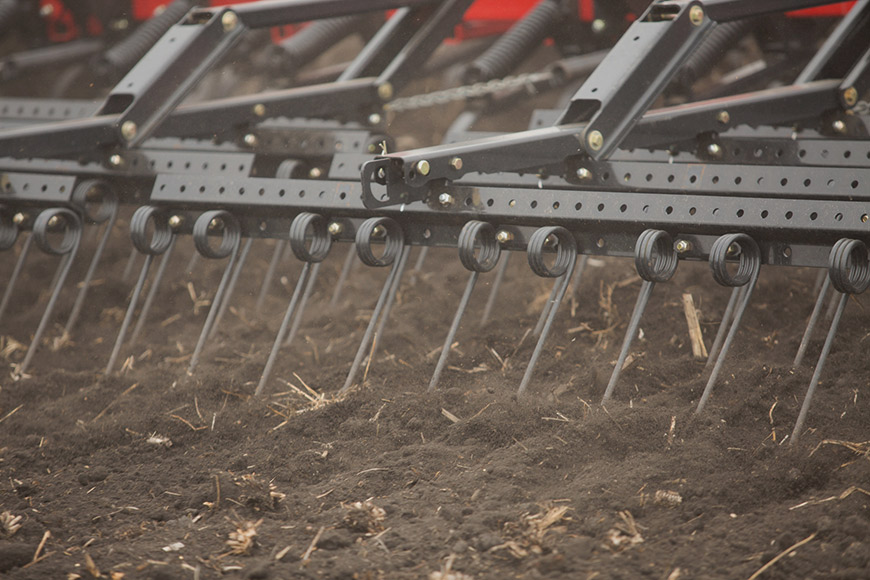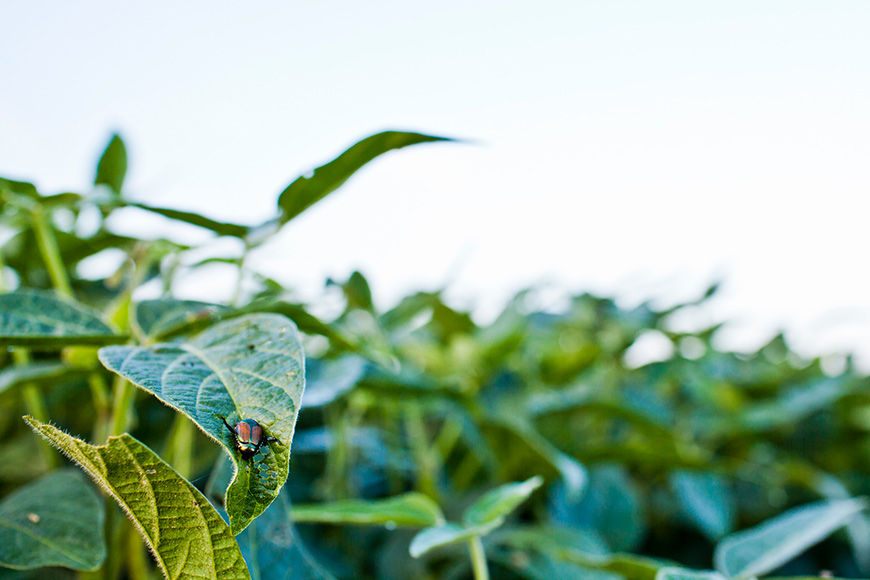Control Weeds on Prevent Plant Acres Now

Don’t let your prevent plant acres turn into huge headaches. Prevent plant acres caused by sustained early-season rainfall were widespread across the United States in 2019. Northern Illinois north of Interstate 80 and southern Illinois were the two areas of my state that were most greatly affected by planting delays and that have a significant number of prevent plant acres. These acres have been far more prone to being overtaken by weeds than if a crop would have been planted.
Use these weed management insights to help get your prevent plant fields in shape for planting cover crops this fall or corn and soybeans in 2020.
If you have large, established weeds, you could apply the recommended labeled rate of certain herbicides like glyphosate, 2,4-D or dicamba. However, my recommendation is, if possible, to mow off or till the field first. Depending on the weed species, that new regrowth could then be easier to control with a herbicide compared to spraying weeds that are already extremely tall.
If you have a prevent plant field that you’ve already done a burndown on this summer, I recommend doing another burndown application this fall that offers residual activity from an active ingredient called metribuzin. One product in the WinField United portfolio, Brash® herbicide, contains dicamba and 2,4-D and can be paired with Dimetric® Liquid herbicide or Dimetric® EXT herbicide, our metribuzin products.
Here’s an example. The label for many 2,4-D products or dicamba products will list certain labeled crops such as corn as well as wheat and other small grains like rye. If a crop is listed, typically you can plant it within 29 days of application. But if you want to plant a cover crop that’s not on the label of the herbicide you’re using, you have to wait more than 30 days before planting to avoid risking injury to that crop. These would include cover crops such as radishes or turnips. If you’re planting a mix of several cover crop species, be aware of the implications of your herbicide choices for the more sensitive members of that mix.
If you do a fall burndown on a prevent plant field and use a herbicide that has residual activity, remember the effect of that herbicide could carry over to next year’s corn or soybean planting as well.
Starting off with a clean field can get you steps ahead come spring. Talk with your locally owned and operated WinField United retailer about the right herbicide choices for the cover crops you plant this fall, and for the crops you’ll plant next spring.
All photos are either the property of WinField United or used with permission.
© 2019 WinField United. Important: Before use always read and follow label instructions. Crop performance is dependent on several factors many of which are beyond the control of WinField United, including without limitation, soil type, pest pressures, agronomic practices, and weather conditions. Growers are encouraged to consider data from multiple locations, over multiple years, and be mindful of how such agronomic conditions could impact results. Brash®, Dimetric® and WinField® are trademarks of WinField United.
Use these weed management insights to help get your prevent plant fields in shape for planting cover crops this fall or corn and soybeans in 2020.
Lots of heavy weed pressure
Ideally, if you had prevent plant acres this year, you would have done a burndown application this summer to limit weed growth. Some farmers in my area have done this, but you don’t have to look too hard to find fields that are overrun by weeds that are 5 or 6 feet tall. These conditions will cause seed banks to be refilled and weed seeds already in the soil to germinate, causing problems for seasons to come. A mature female waterhemp plant, for example, can be 6 feet tall and have up to a million seeds, which will be returned to the soil to germinate.What to do to control weeds on prevent plant acres
It’s no secret that weeds are becoming harder to control based on the limited number of herbicides or herbicide-tolerant crops as well as weed resistance to herbicides. Maintaining clean fields where there’s no crop growing helps you manage difficult-to-control weeds over the long term.If you have large, established weeds, you could apply the recommended labeled rate of certain herbicides like glyphosate, 2,4-D or dicamba. However, my recommendation is, if possible, to mow off or till the field first. Depending on the weed species, that new regrowth could then be easier to control with a herbicide compared to spraying weeds that are already extremely tall.
If you have a prevent plant field that you’ve already done a burndown on this summer, I recommend doing another burndown application this fall that offers residual activity from an active ingredient called metribuzin. One product in the WinField United portfolio, Brash® herbicide, contains dicamba and 2,4-D and can be paired with Dimetric® Liquid herbicide or Dimetric® EXT herbicide, our metribuzin products.
Plant-back restrictions
If you have a prevent plant field that you spray with a herbicide today, you may have to wait for a period of time before you can plant a cover crop without risking injury depending on the herbicide you use and the corresponding plant-back restriction for the cover crop you intend to plant.Here’s an example. The label for many 2,4-D products or dicamba products will list certain labeled crops such as corn as well as wheat and other small grains like rye. If a crop is listed, typically you can plant it within 29 days of application. But if you want to plant a cover crop that’s not on the label of the herbicide you’re using, you have to wait more than 30 days before planting to avoid risking injury to that crop. These would include cover crops such as radishes or turnips. If you’re planting a mix of several cover crop species, be aware of the implications of your herbicide choices for the more sensitive members of that mix.
If you do a fall burndown on a prevent plant field and use a herbicide that has residual activity, remember the effect of that herbicide could carry over to next year’s corn or soybean planting as well.
Starting off with a clean field can get you steps ahead come spring. Talk with your locally owned and operated WinField United retailer about the right herbicide choices for the cover crops you plant this fall, and for the crops you’ll plant next spring.
All photos are either the property of WinField United or used with permission.
© 2019 WinField United. Important: Before use always read and follow label instructions. Crop performance is dependent on several factors many of which are beyond the control of WinField United, including without limitation, soil type, pest pressures, agronomic practices, and weather conditions. Growers are encouraged to consider data from multiple locations, over multiple years, and be mindful of how such agronomic conditions could impact results. Brash®, Dimetric® and WinField® are trademarks of WinField United.




